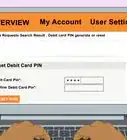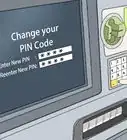This article was co-authored by Derick Vogel. Derick Vogel is a Credit Expert and CEO of Credit Absolute, a credit counseling and educational company based in Scottsdale, Arizona. Derick has over 10 years of financial experience and specializes in consulting mortgages, loans, specializes in business credit, debt collections, financial budgeting, and student loan debt relief. He is a member of the National Association of Credit Services Organizations (NASCO) and is an Arizona Association of Mortgage Professional. He holds credit certificates from Dispute Suite in credit repair best practices and in Credit Repair Organizations Act (CROA) competency.
wikiHow marks an article as reader-approved once it receives enough positive feedback. In this case, several readers have written to tell us that this article was helpful to them, earning it our reader-approved status.
This article has been viewed 244,511 times.
A debit card is a bank card that works like an electronic check. When you use your debit card, the payment is deducted directly from your checking or savings account.[1] You can also use your debit card to withdraw cash from automated teller machines (ATMs). You can learn how to make a purchase using your debit card as well as how to use your debit card wisely so you do not end up paying extra fees. You should also take steps to protect your debit card from fraud so your money is safe.
Steps
Making the Purchase with Your Debit Card
-
1Present your debit card to the merchant. You will need to have your debit card with you to make the purchase. Once the salesperson has rung your items or services through, they will ask you how you would like to pay. You should then present your debit card to the merchant for payment.[2]
-
2Swipe your card through the point of sale machine. Some merchants will need to take the card from you and swipe it through their machine for the transaction to process. Most merchants will have a separate point of sale (POS) machine that you will need to use to swipe your debit card.[3]
- If your debit card has a chip on one side, you will need to insert your chip into the bottom gap in the POS machine for the transaction to process.
- Leave your debit card in the machine for the duration of the transaction. The machine will prompt you when to remove your card at the end of the transaction.
Advertisement -
3Select the “Debit” payment option. Once you have swiped or inserted your debit card, you will be prompted by the machine to choose the “Credit” or “Debit” option. You will need to select the “Debit” option to use your debit card for payment.
- Some merchants are able to select the “Debit” option through their system so you may not see this option in the POS machine. You may instead be prompted to move on to accepting the transaction.
-
4Approve the transaction. The POS machine may ask you to approve the transaction to ensure the total amount you are being charged is correct. Take a moment to confirm that the amount on the POS machine is the amount you should be charged.
- For example, if you were purchasing items for $35.52, the POS machine may ask, “Do you accept the amount of $35.52?” If the amount looks correct, you would then choose the approve button on the POS machine.
-
5Choose the bank account for the transaction. Some POS machines will ask you to select the bank account you would like to use for the transaction. You will have two options: “Checkings” or “Savings” account. You should choose the bank account that has the money you would like to use to pay for the transaction.
- If you do not have a “Savings” account set up through your banking institution for your debit card, you may not be shown this option.
-
6Enter your four digit PIN. The POS machine will then ask you to enter your four digit Personal Identification Number (PIN). You should have a PIN set up for your debit card through your bank.
- Make sure you enter your PIN correctly into the keypad, as the transaction may be cancelled if you enter it incorrectly. You should use your hand to cover the screen and keypad as you input your PIN so it cannot be seen by others.
- Keep in mind some banking institutions will charge a fee of 0.50 cents to $1 for using your PIN at the register. You can avoid this fee by selecting the “credit” option, if you have a debit/credit card. You will then use the debit card like a credit card and sign for the transaction instead of putting in your PIN.[4]
-
7Decide if you would like cashback. At some retailers, you may be taken to a cashback screen on the POS machine. The cashback option will allow you to take cash out of your bank account as part of the debit transaction. This can be handy if you need cash on hand. You may be asked if you would like to take cash out in even denominations of $20, $40, $60, $80, and $100.
- Keep in mind some retailers may charge a small fee for giving you cashback. Always ask the retailer if there are any fees before you use the cashback option.
-
8Wait for the approval notice. Once you have entered your PIN, the POS machine will process the transaction. Your bank will be triggered to take out money from your account to pay for the transaction. If you have enough money in your chosen bank account for the transaction, you will see an “Approval” notice.
- If the transaction is approved, the POS machine will produce a receipt for the vendor or seller. You can also get a copy of your receipt for your records.
- If the transaction does not go through due to insufficient funds in your account or you end up cancelling the transaction for some reason, you will get a “Not Approved” or “Incomplete” notice. You will then need to pay for the transaction with another form of payment or not make the purchase.
Using Your Debit Card Wisely
-
1Make sure you have enough funds before you use your card. You should check your account balance before you use your debit card. This will ensure your transactions go through, leading to less embarrassment at checkout. Making sure you have enough money in your account for your purchases will also ensure your bank does not charge you an overdraft fee if you try to take out more money than you have in your account.[5]
- Depending on your bank, you may have the option of overdrawing your account within a certain amount for a fee. Or, your bank may not allow you to overdraw your account at all and will simply decline the transaction if you try to spend more money than you have.
- Your bank may give you the option to set up alerts through online banking to let you know when your balance is low. This way, you can check your account more frequently and be aware of how much money you have to spend in your account.
- Make sure to know your debit card transaction limit, as there's usually one set up. If you want to spend over the transaction or daily limit, it's usually a good idea to notify your bank to have the purchase approved.
-
2Note the fees associated with your debit card. You should be well aware of the fees you may be charged when you use your debit card. This will prevent you from getting a small shock when you open your monthly bank statement to find a series of debit card usage fees. You should get a full list of the fees associated with your debit card from your bank so you can use your debit card wisely.[6]
- Your bank may charge you a fee for entering your PIN to complete a transaction rather than signing your name.
- You may also be charged if you overdraw your account using your debit card. This is similar to what happens when you write a check that “bounces” or does not go through.
- You may be charged a small fee if you use an ATM machine that is not operated by your financial institution. These fees are usually around $2-$4 per a transaction.
-
3Be aware of “holds”. In some cases, a merchant may put a “hold” on your transaction, where they will get approval from your bank for an estimated purchase amount. Once they get approval for the estimated purchase amount, you will be charged. This “hold” may take 24-48 hours, so you may not have access to held money in your bank account during this time. You should try to keep track of your held transactions throughout the day so you do not try to use money that is being held in your account.[7]
- Many merchants use “holds” to make sure you have enough funds to pay for a purchase. Often, your debit account may be held when you reserve a hotel room using your debit card, or when you use your debit card to pay for gas at the gas station.
- For example, once you make a gas payment at the pump, the gas station will create two transactions. The first transaction will be to get approval from your bank for an estimated purchase amount. The second will be for the actual amount of the purchase. The first transaction must go through and be cancelled by your bank within 48 hours for the hold on that amount to be lifted from your account. Then, the second transaction will be processed.
Protecting Your Debit Card
-
1Use ATMs in well lit, high traffic areas. You should always be wary when using ATMs to take out cash with your debit card, as the ATM may be “skimmed” by a thief. Skimming is used to capture your bank card information by putting a reader on the POS machine or the ATM card slot. You should go for ATMs that are located in well lit, high traffic areas, such as a shopping center or a busy plaza. You should avoid ATMs that look damaged or where the card slot looks askew and tampered with.[8]
- It may also be safer, and more cost efficient, to use ATMs provided by your banking institution. You should be able to use ATMs at your banking institution free of charge to take out cash. Often ATMs at your bank are well maintained and secured from theft or fraud.
-
2Do not give out your personal banking information to unknown parties. You should always protect your personal banking information so it is not at risk of theft or fraud. Do not write down your PIN on your debit card or on a piece of paper. Try to memorize it in your head. You should never share your debit card PIN, your security code, or any other account information with others, in person or online.[9]
- You should also only give out your bank account information over the phone or online to individuals that you know well and trust. Do not give out this information to strangers as this could lead to theft, fraud, or a scam.
- Your bank will only ask you for your bank account information over the phone or in person. You should be suspicious of email or text messages from your “bank” requesting personal banking information.
-
3Notify your bank right away if your debit card is lost or stolen. If you lose your debit card or it is stolen, you should let your bank know as soon as possible. By law, any theft or fraud on your card cannot cost you more than $50 as long as you notify your bank within 48 hours.[10]
- Your bank will likely put a hold on your card and conduct an investigation into the theft or fraud. Once the investigation is over, they may decide to reimburse you for the full amount of the theft or fraud.
- Notify your bank immediately if you don't recognize a debit charge in your account as well.
Expert Interview

Thanks for reading our article! If you'd like to learn more about debit card purchases, check out our in-depth interview with Derick Vogel.
References
- ↑ http://dfi.wa.gov/financial-education/information/debit-cards-frequently-asked-questions
- ↑ http://dfi.wa.gov/financial-education/information/debit-cards-frequently-asked-questions
- ↑ http://dfi.wa.gov/financial-education/information/debit-cards-frequently-asked-questions
- ↑ http://guides.wsj.com/personal-finance/banking/how-to-make-the-most-of-your-debit-card/
- ↑ https://www.bankofamerica.com/deposits/manage/pay-by-cash-debit-or-credit.go
- ↑ http://dfi.wa.gov/financial-education/information/debit-cards-frequently-asked-questions
- ↑ http://dfi.wa.gov/financial-education/information/debit-cards-frequently-asked-questions
- ↑ http://www.bankrate.com/finance/checking/risky-places-swipe-debit-card-2.aspx
- ↑ http://dfi.wa.gov/financial-education/information/debit-cards-frequently-asked-questions
About This Article
To make a purchase using a debit card, start by giving your card to the cashier, who will either swipe the card or ask you to swipe it through a point of sale machine. If they ask you to swipe the card, run the card’s magnetic strip through the machine, or insert the card into the machine if your card has a chip on it. Next, select the “Debit” payment option on the machine, then verify and approve the amount of the transaction. After that, enter your 4-digit PIN and wait for the “Approval” notice that completes your purchase. For more tips from our Financial reviewer, like how to protect your personal banking information from theft or fraud, read on!

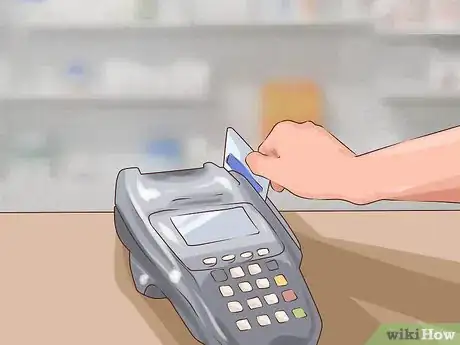
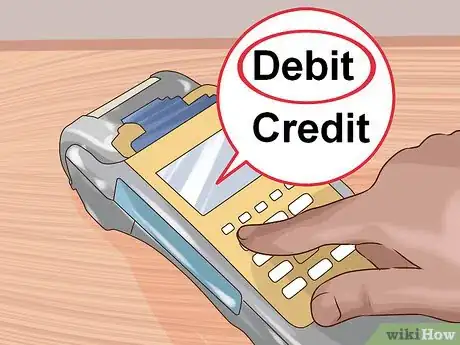

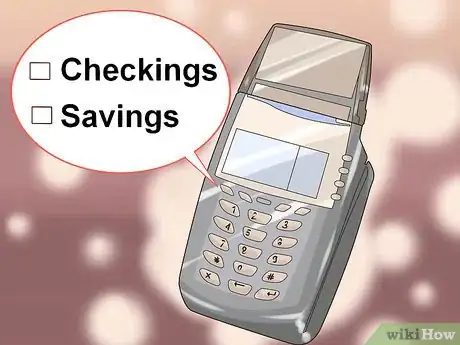



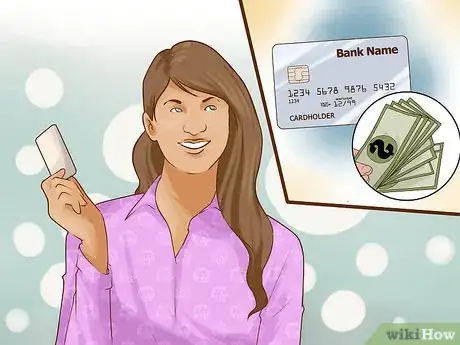
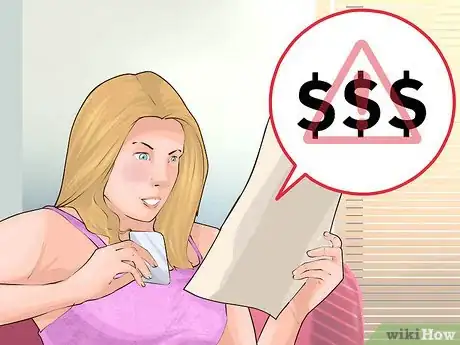




-Safe-Step-8.webp)


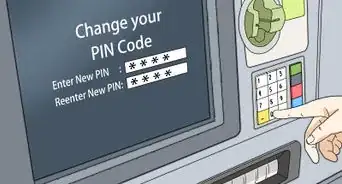
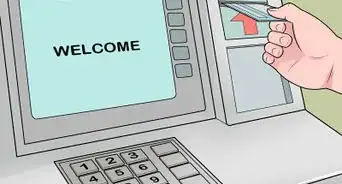
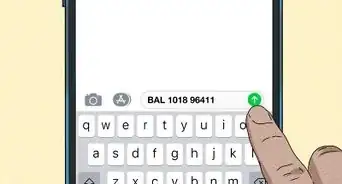
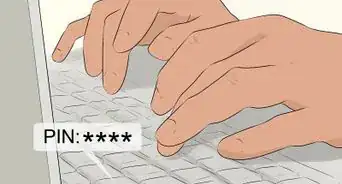


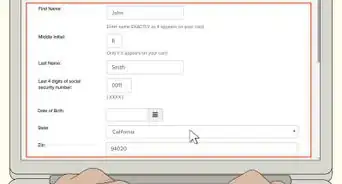
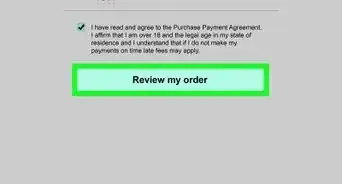










-Safe-Step-8.webp)

